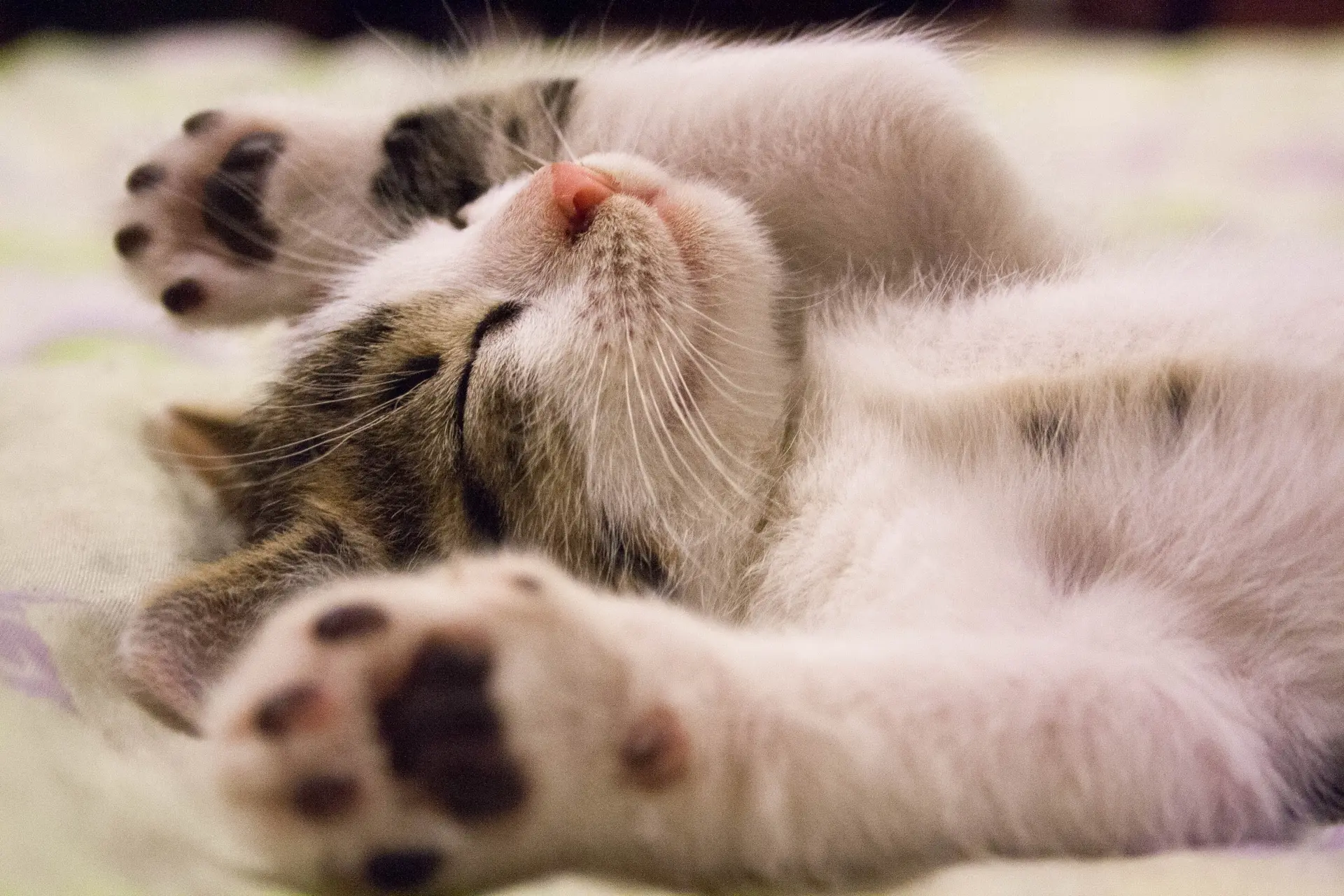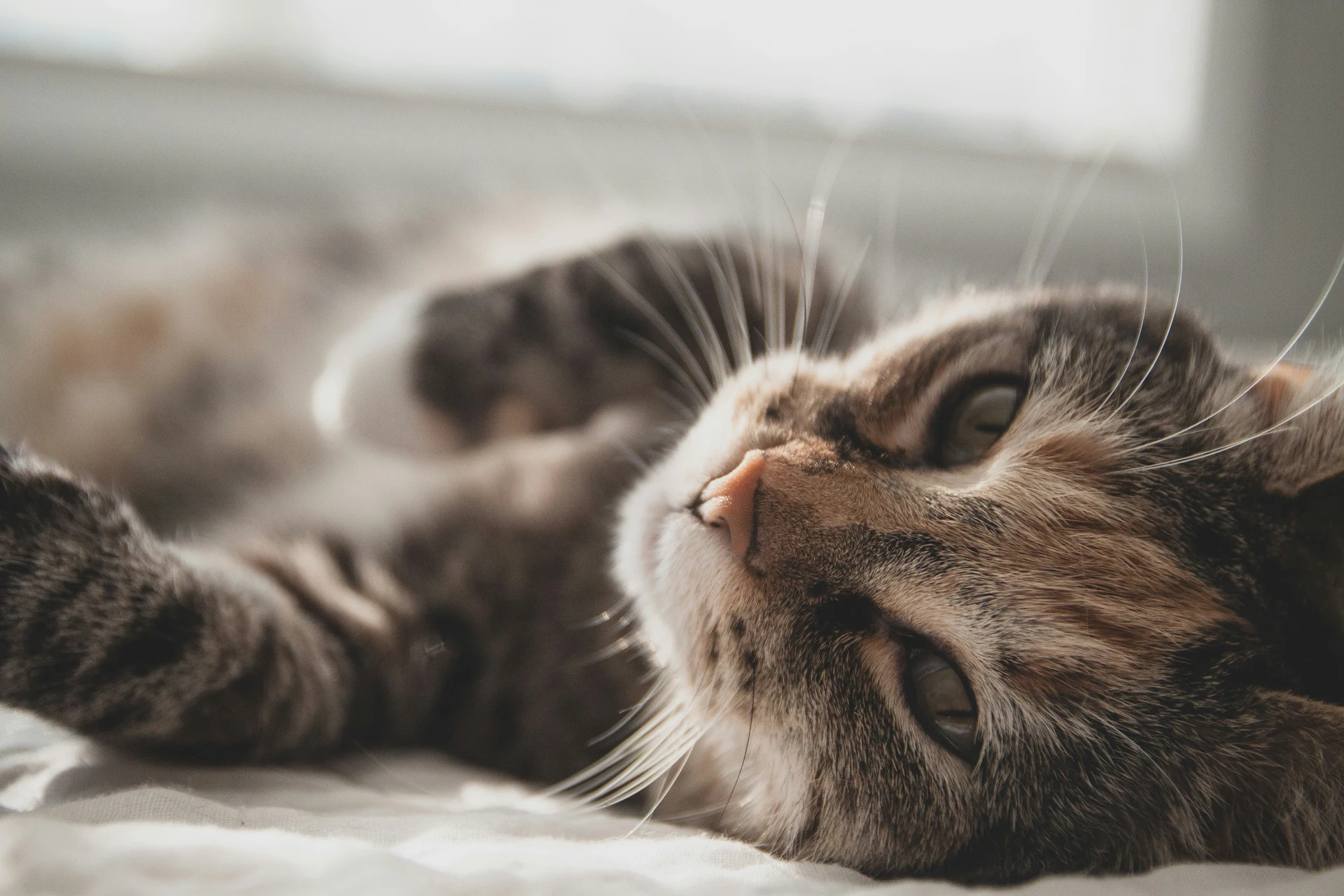Table of Contents
Have you ever wondered what your cat is trying to tell you with its meows, purrs, and gestures? Understanding cat language can be like deciphering a complex code, but there’s nothing to worry about. We are here to help you unlock the secrets of feline communication.
Cats have a rich and varied language that they use to communicate with both humans and other cats. From subtle body language cues to vocalizations, they have numerous ways of expressing their needs, emotions, and desires. Let’s delve into the fascinating world of cat language and learn how to speak fluent “meow.”

Meows, Purrs, and More: Exploring Vocalizations
1. Meows: Cats use meows to communicate with humans more than with each other. In the cat language, each meow can have a different meaning, ranging from a simple greeting to a plea for attention or food. Pay attention to the pitch, volume, and duration of your cat’s meows to understand what they’re trying to convey.
2. Purrs: A cat’s purr is one of the most soothing sounds in the animal kingdom. While it’s commonly associated with contentment, cats also purr when they’re anxious, in pain, or seeking comfort. Learning to differentiate between different types of purring can help you gauge your cat’s emotional state.
3. Chirps and Chatters: Cats may also make chirping or chattering sounds, especially when they’re observing birds or other prey. This behavior mimics the sounds of birds and is believed to be an expression of excitement or frustration at not being able to catch the elusive prey.

Decoding Body Language: Understanding Non-Verbal Cues
1. Tail Position: A cat’s tail is a powerful indicator of its mood. A raised tail with a slight curve at the tip indicates a friendly and confident cat, while a tucked tail signals fear or submission. Pay attention to the position and movement of your cat’s tail to gauge their emotional state.
2. Ear Movements: Ears are one of the most essential parts of the cat language. Cats have highly expressive ears that can swivel, twitch, and flatten against their head. Forward-facing ears indicate curiosity or excitement, while flattened ears suggest aggression or fear. Observing your cat’s ear movements can help you understand their reactions to different stimuli.
3. Pupil Dilation: Like humans, cats’ pupils dilate in response to changes in light and emotion. Dilated pupils can indicate excitement, fear, or aggression, while constricted pupils may signal relaxation or contentment. Keep an eye on your cat’s pupils to gauge their level of arousal and comfort.

The Silent Language of Cats: Body Postures and Gestures
1. The “Slow Blink”: A slow blink from your cat is the ultimate sign of trust and affection. Known as a “cat kiss,” this gesture indicates that your cat feels safe and relaxed in your presence. Return the gesture with a slow blink of your own to strengthen the bond between you and your feline friend.
2. Kneading: When cats knead with their front paws, they’re expressing contentment and comfort. This behavior is often associated with kittenhood, as kittens knead their mother’s belly to stimulate milk flow. If your cat kneads you or a soft surface, it’s a sign that they feel secure and happy.
3. Arching Back: An arched back with fur standing on end is a classic sign of a frightened or aggressive cat. This posture makes the cat appear larger and more intimidating to potential threats. If your cat adopts this stance, give them space and time to calm down before approaching them.
By incorporating these insights into your interactions with your feline friend, you can deepen your understanding of cat language and strengthen the bond between you and your cat. Happy meowing!

Learn More!
Understanding cat language is an ongoing process that deepens the bond between you and your feline companion. By paying attention to their vocalizations, body language, and gestures, you can communicate more effectively with your cat and provide them with the care and companionship they need.
To explore more fascinating insights into the world of animals, check out our mammals category for articles on everything from cats and dogs to elephants and more. You can also dive into specific posts like 18 Amazing Cat Facts You Didn’t Know Before or The Secret Lives of Elephants to expand your knowledge and appreciation of the animal kingdom.

F. A. Q. about Cat Language
How to say hi in cat language?
Cats greet each other and their human companions with a variety of vocalizations, including meows, chirps, and purrs. Pay attention to your cat’s unique communication style to decipher their greetings.
How to speak cat language?
To speak cat language, observe your cat’s vocalizations, body language, and gestures, and respond accordingly. Mimicking their behaviors, such as slow blinking or gentle petting, can help strengthen your bond and facilitate communication.
Do cats have a language?
While cats don’t have a formal language like humans, they communicate with each other and with humans through a complex system of vocalizations, body language, and gestures.
How to read cat body language?
Reading cat body language involves observing their posture, tail position, ear movements, and pupil dilation to gauge their mood and emotional state. With practice and patience, you can become fluent in understanding your cat’s non-verbal cues.
Can cats talk to each other?
Yes, cats communicate with each other through a combination of vocalizations, body language, and scent marking. They use these signals to establish territory, express dominance, and form social bonds within their feline community.
Can cats talk like humans?
While cats can’t speak human languages, they can learn to understand certain words and commands through consistent training and positive reinforcement. Additionally, some cats may mimic human speech patterns or vocalizations, such as meowing in response to their owner’s voice.


